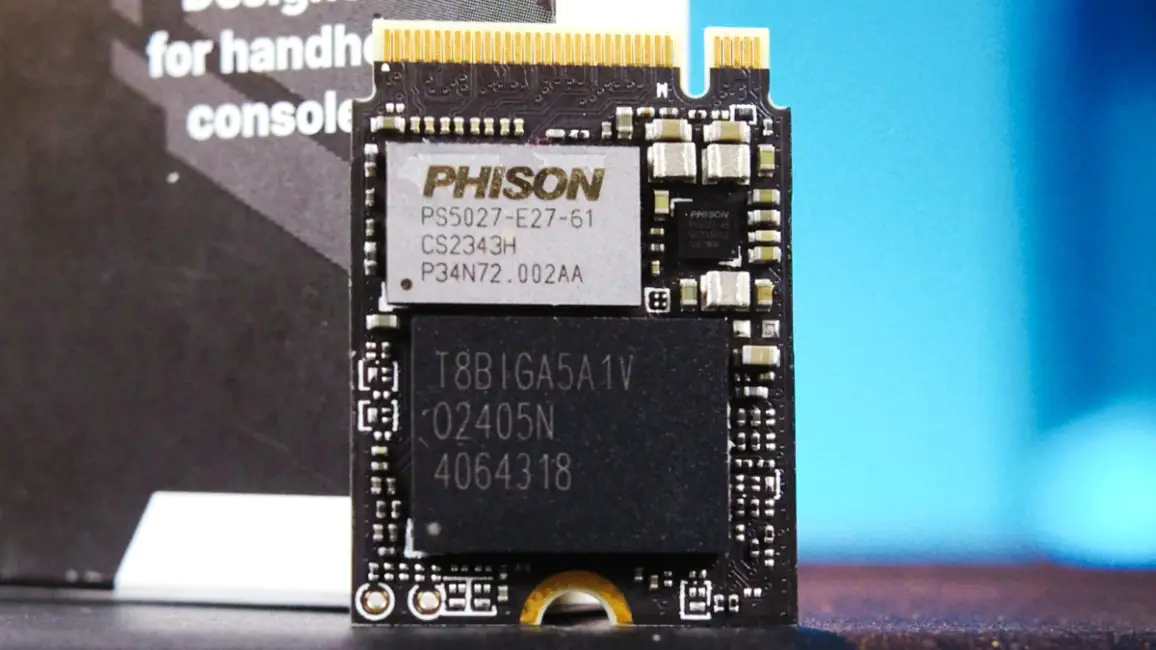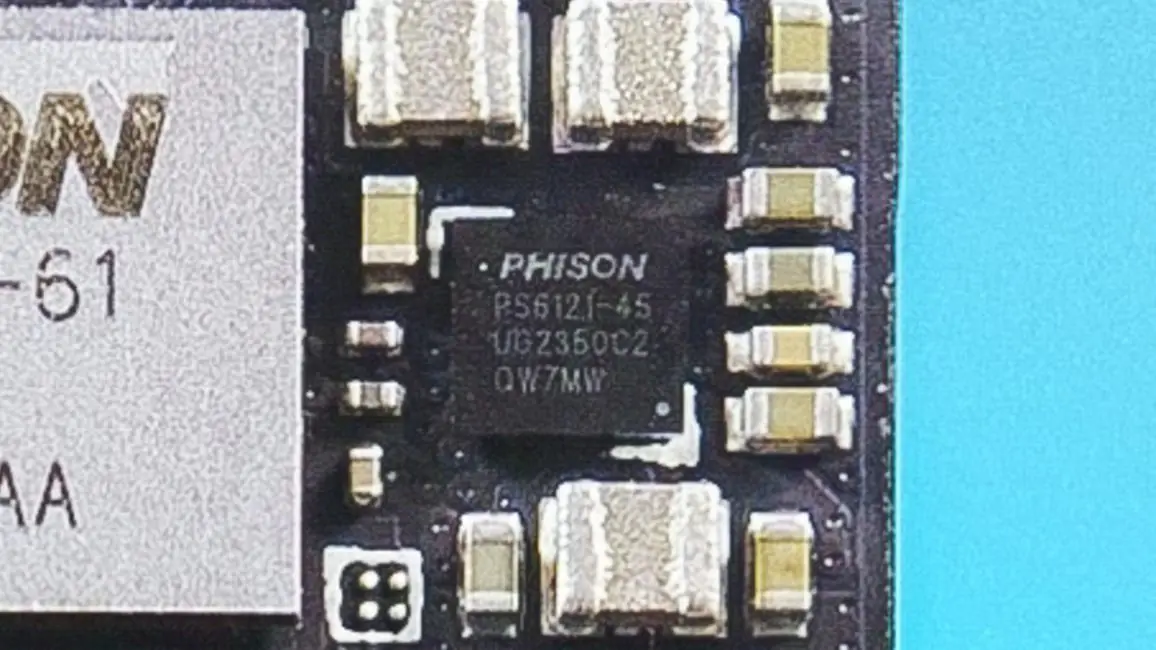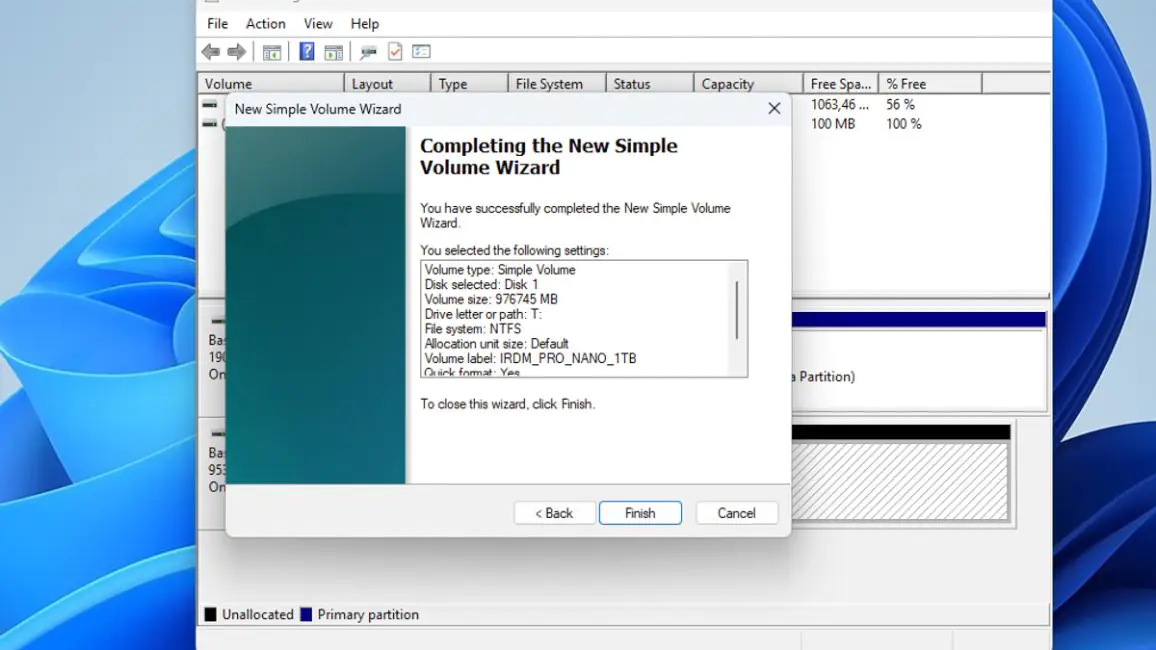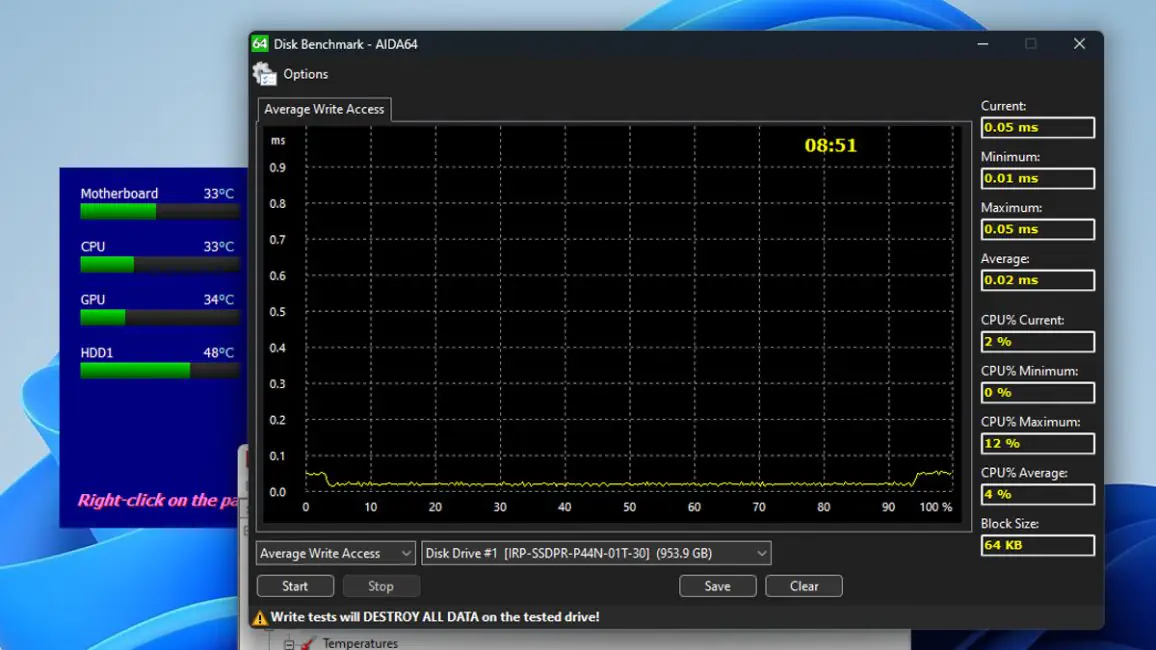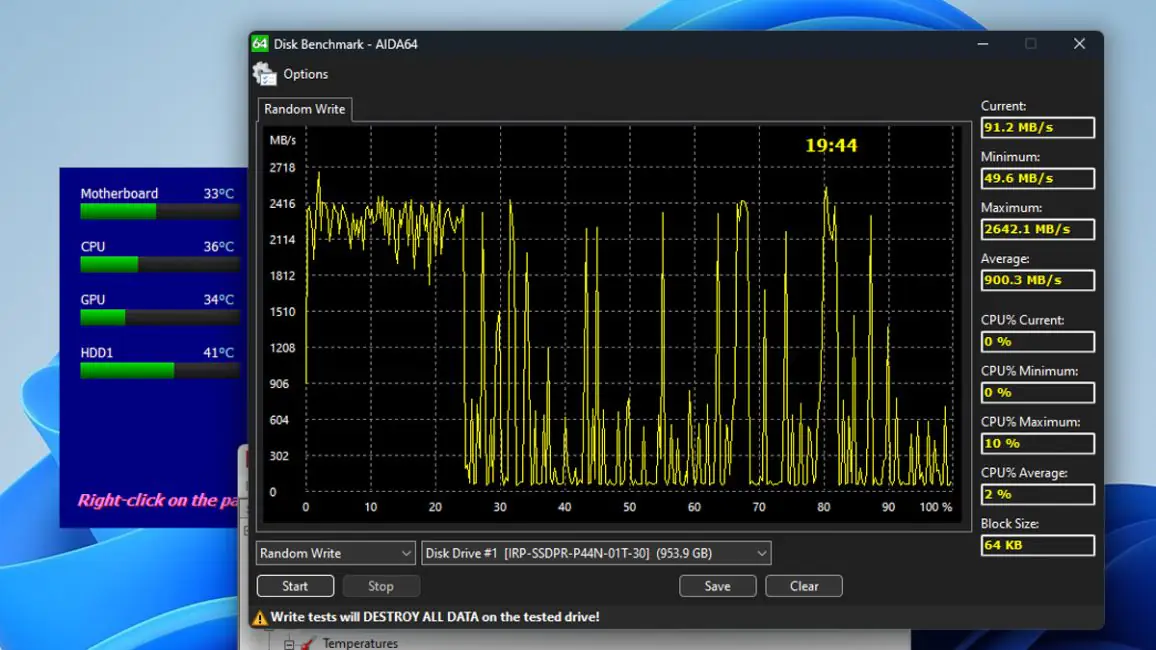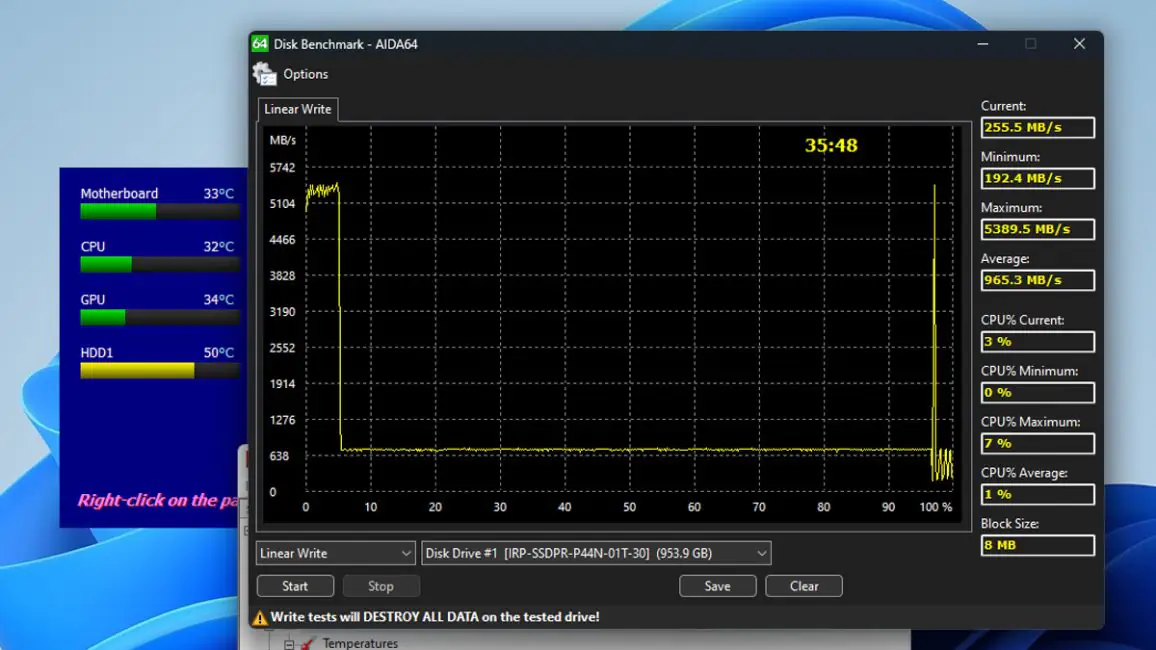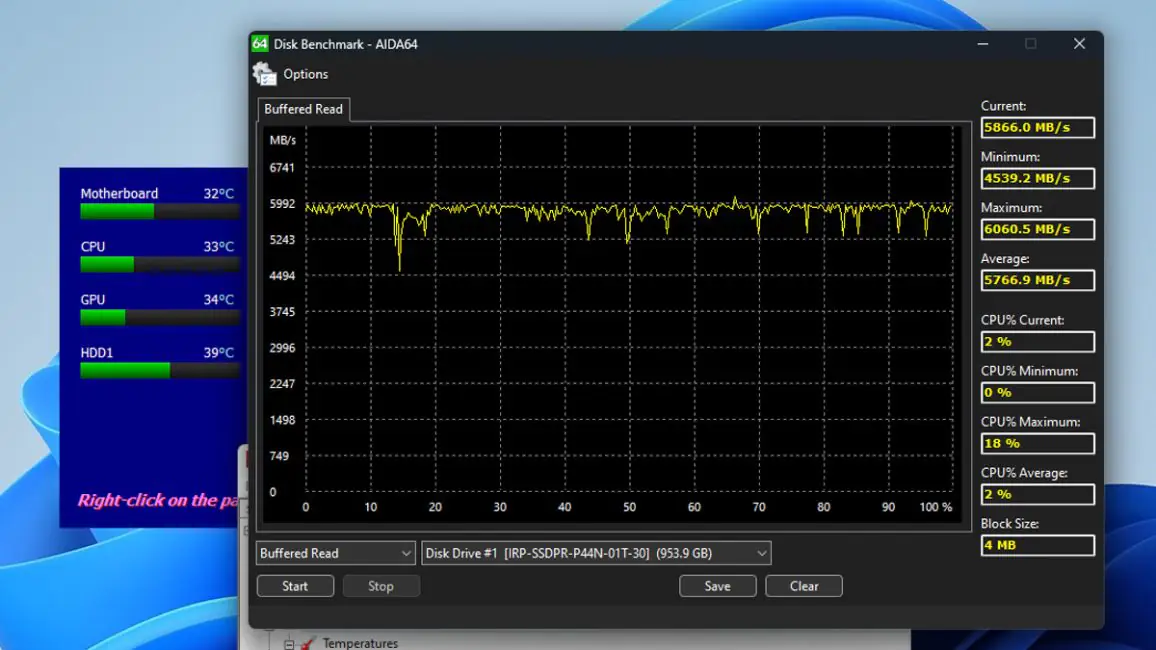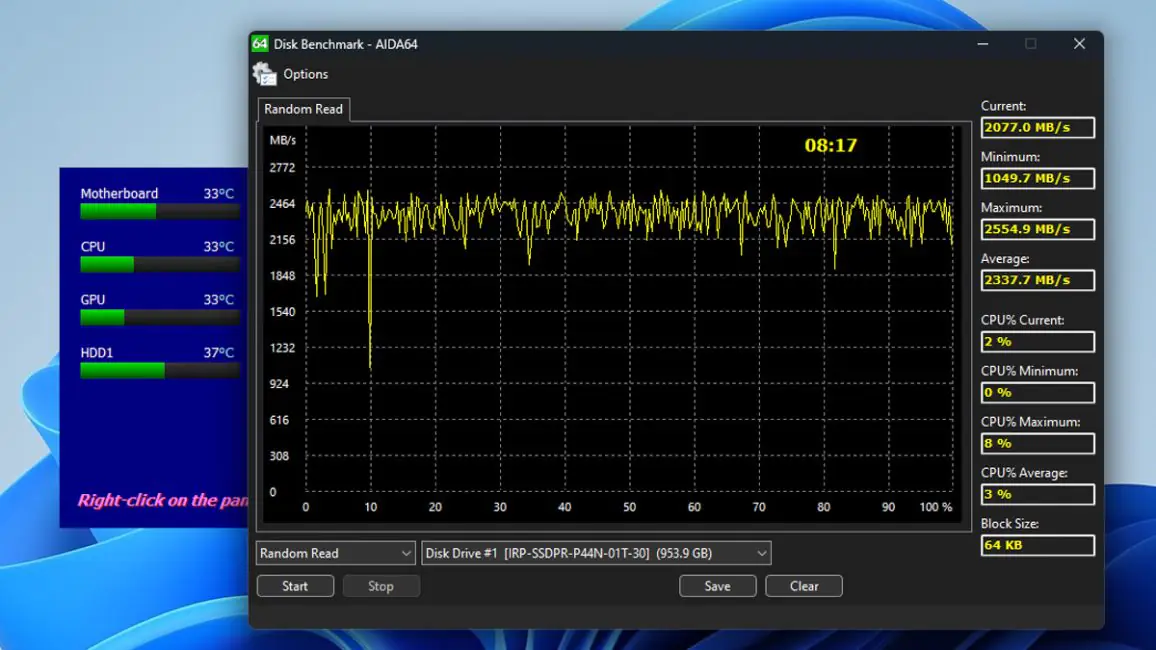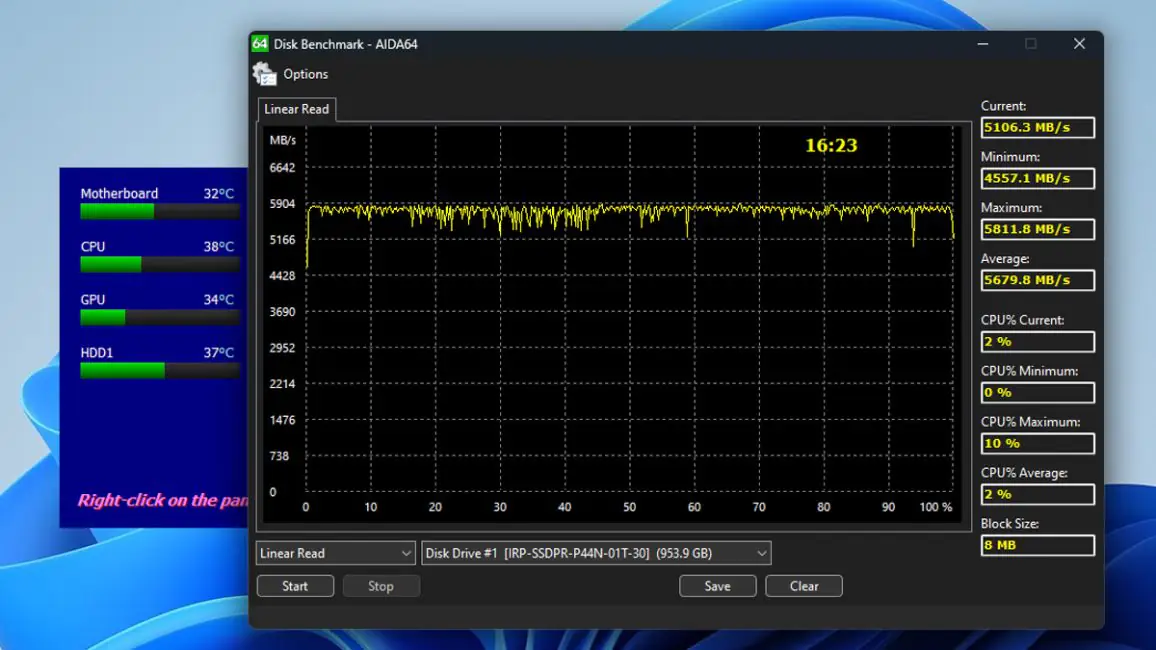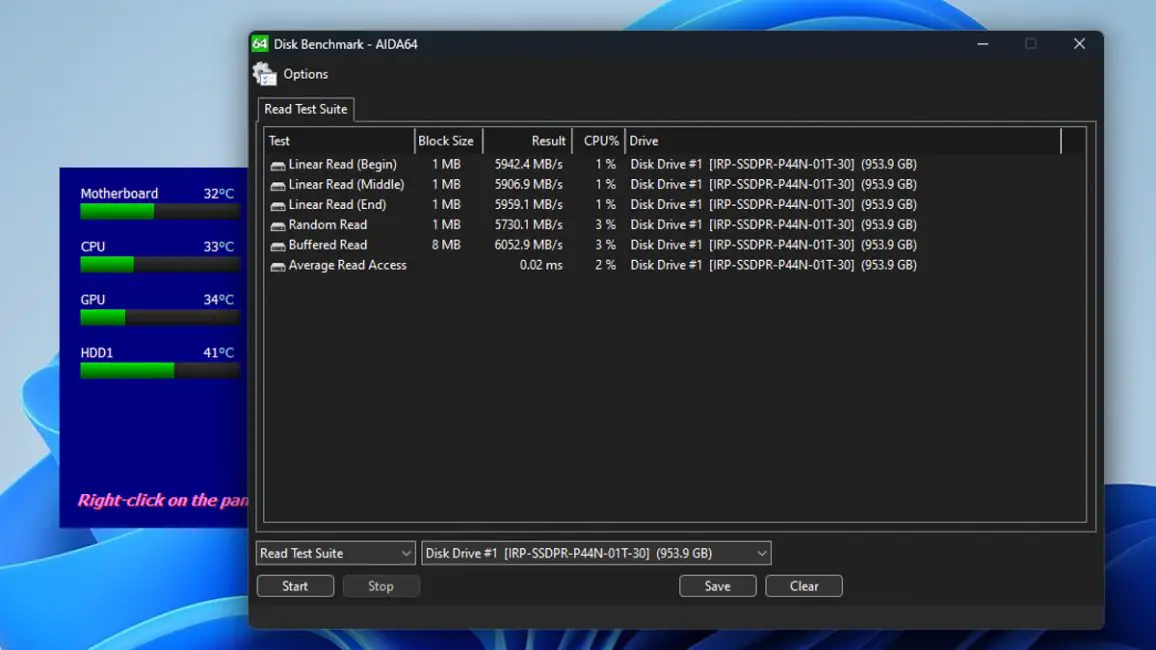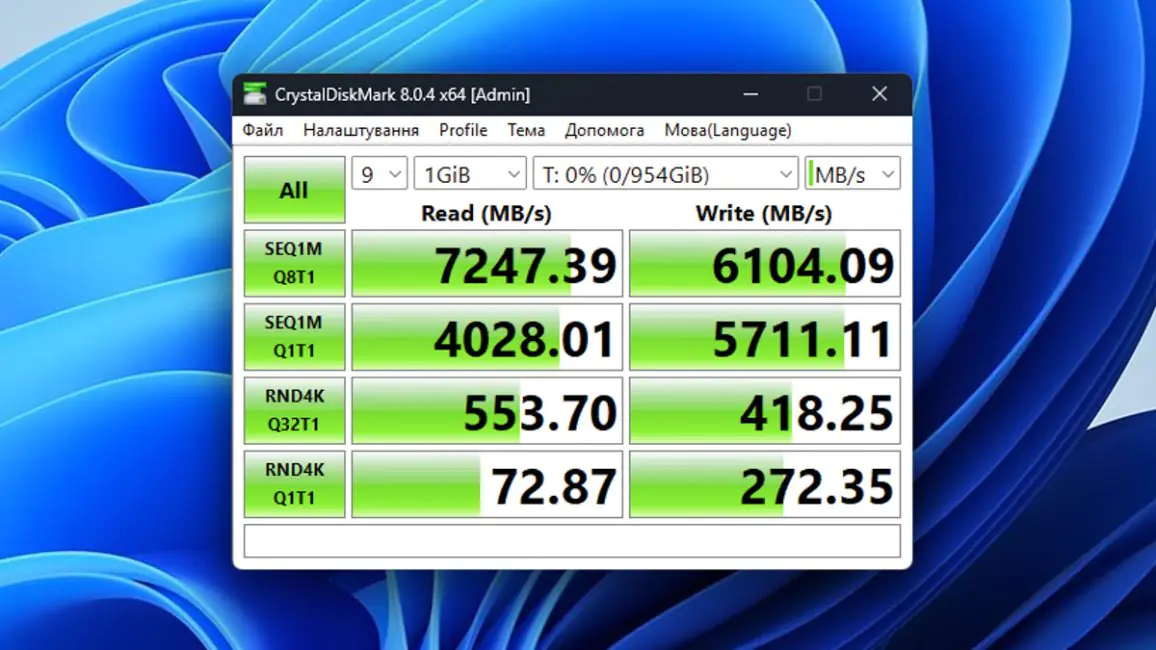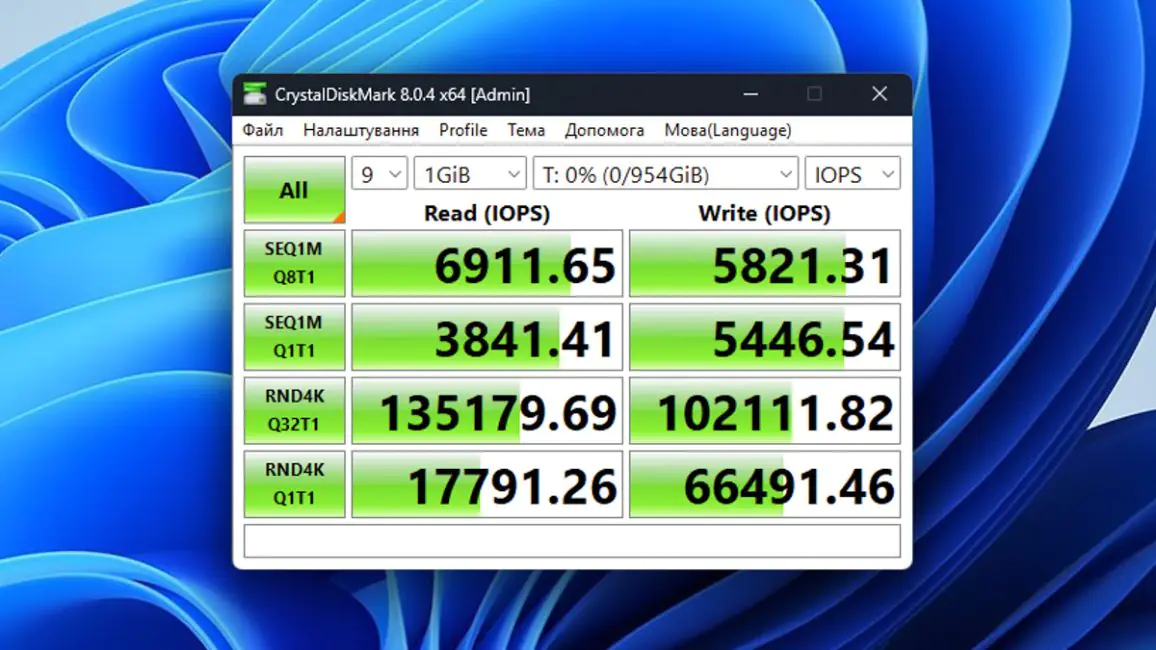© ROOT-NATION.com - Use of content is permitted with a backlink.
The last time I mentioned the IRDM Pro Nano 1TB, I said I would test the load time of S.T.A.L.K.E.R. 2 on it and compare it to other SSDs. The main issue with this test is that I’m 99% sure it won’t show any advantage for the IRDM Pro Nano. Why? Because after a certain point, SSD speed won’t affect loading times, as the game isn’t loaded directly from the SSD—it’s loaded into RAM, which, yes, is initially loaded from the SSD. BUT!
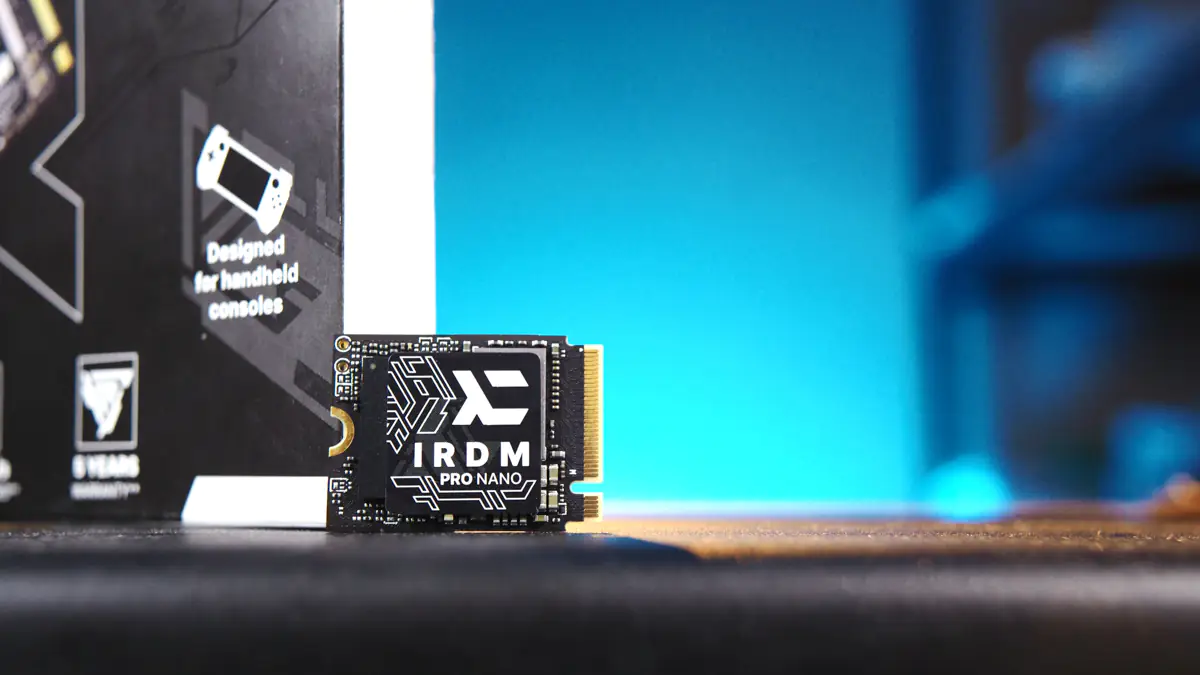
All the tests I’ve seen so far claim that there’s no noticeable difference in program loading times between PCIe 3.0 and 4.0. Why? Probably because there’s no specific optimization for it. Optimization tends to be focused on the “average performance” rather than on flagship hardware or speeds. And you can probably guess which is more popular—SATA III or PCIe 4.0/5.0?
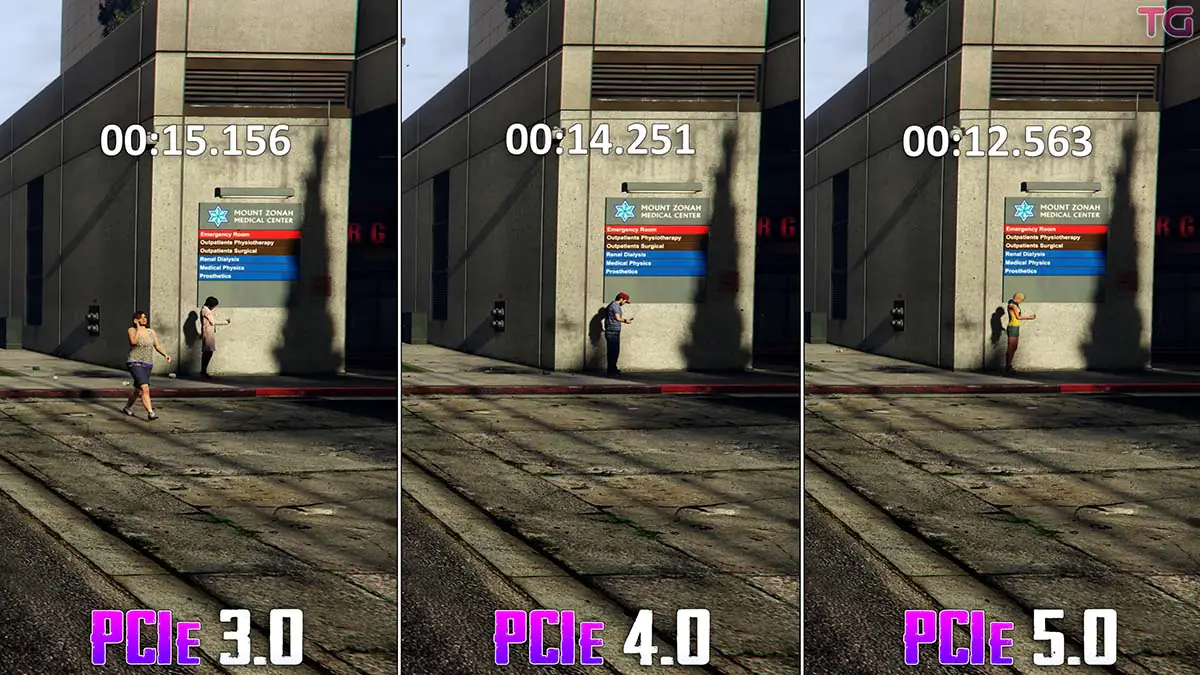
So, is it worth calling the IRDM Pro Nano 1TB a gaming drive, if we’re being honest? Surprisingly, yes, this drive actually deserves that title. And I’ll explain why.
Technical characteristics
- Capacity: 512/1024/2048 GB
- Speeds: up to 7300 MB/s sequentially
- 4K performance: 850000 IOPS
- Interface: PCIe NVMe gen 4 x4
- Form factor: M.2 2230 (M key)
- Memory: 3D NAND TLC
- MTBF: 1500000 hours
- Warranty: 5 years (limited to TWB)
- Operating temperature: up to 70°C
IRDM Pro Nano 1TB video review

Market position
The IRDM Pro Nano 1TB costs up to $120 or €113, which is relatively expensive, even for a PCIe 4.0 drive. However, as you can already see in the photos, there’s something special about the Pro Nano.
Design
This is a micro drive of a non-standard size, 2230. And when I say “non-standard,” I mean that even motherboards from ASUS, even those with three or four M.2 slots, don’t always support 2230. From 2242 to 2280—yes, 22110—sometimes. But NOT 2230.
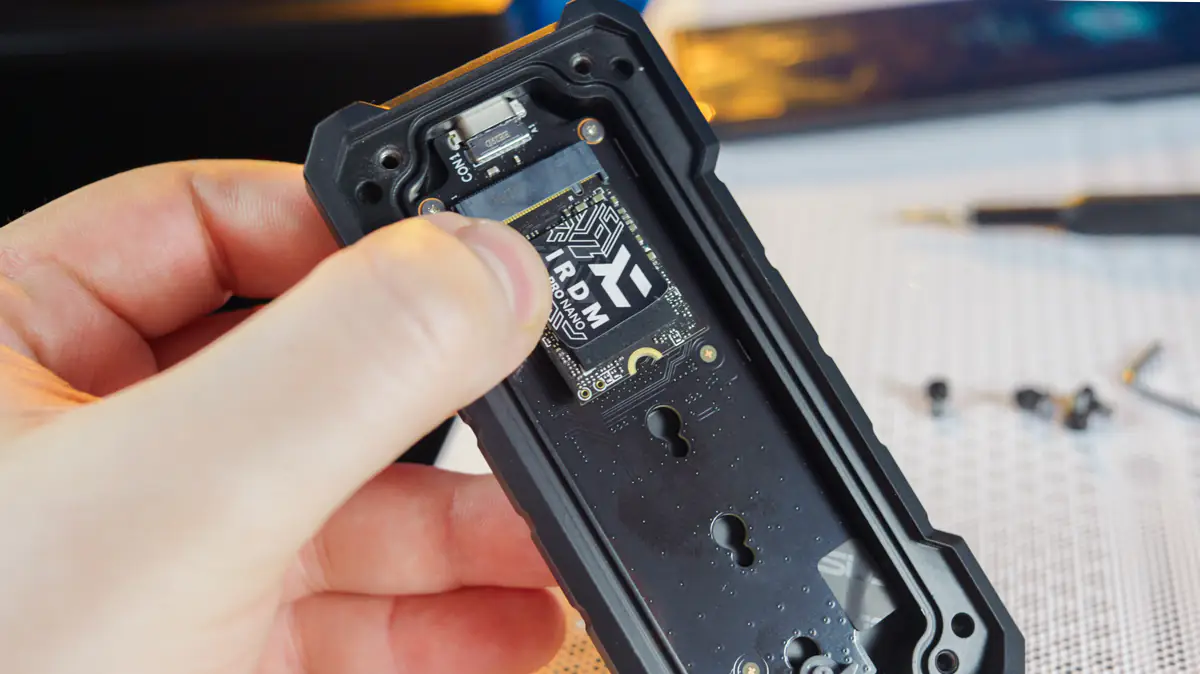
The next question is—why, if the drive is so small, is it so expensive to manufacture? Isn’t it possible to do what’s done with motherboards, where a smaller size guarantees a lower cost? No, it’s not possible, because even with motherboards, there’s a certain point where reducing the size actually increases the cost, not decreases it.
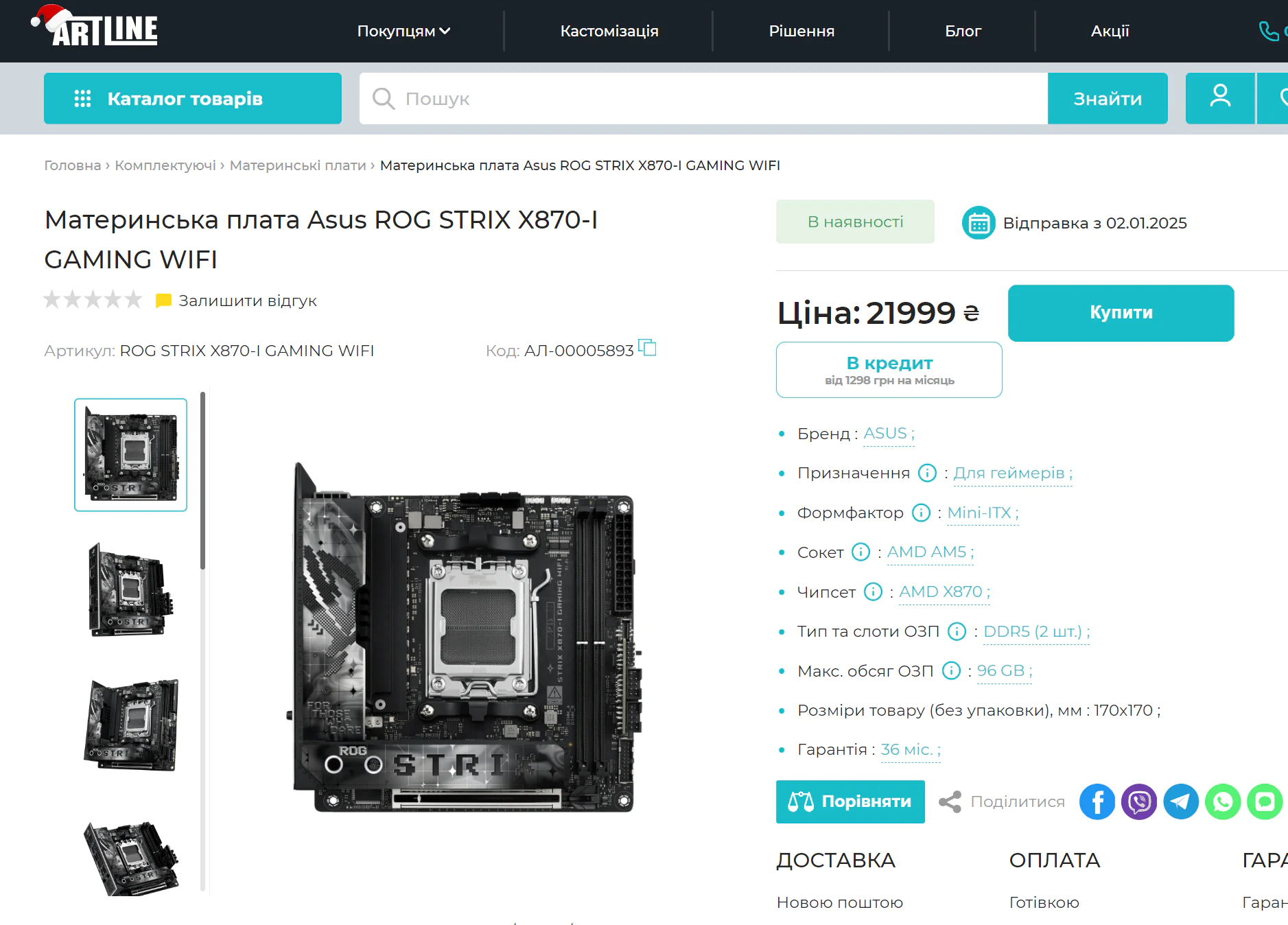
Firstly, completely different tools are required. Secondly, a new schematic needs to be developed to compensate for the smaller size. Thirdly, the target audience for such tiny drives is smaller, so there won’t be as many orders. As a result, the principle of “cheaper in bulk” doesn’t apply here.
Specifications
So, if the IRDM Pro Nano 1TB doesn’t fit standard, even modern and expensive motherboards, where does this drive fit? Gaming consoles.
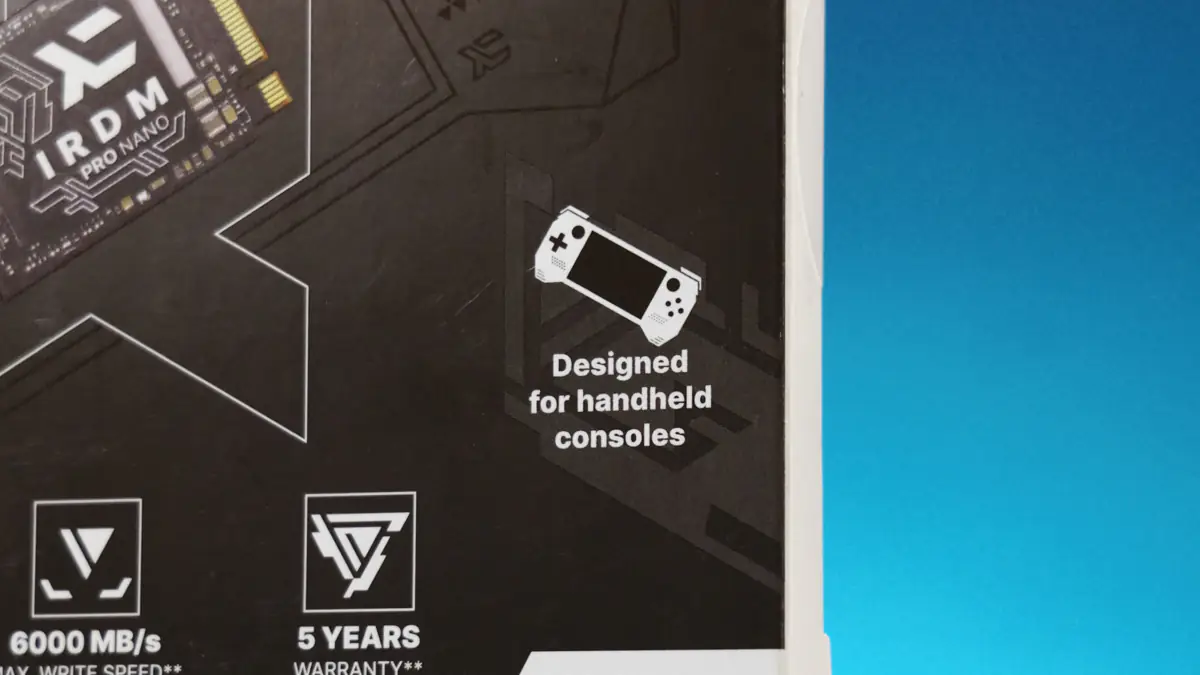
But not full-size consoles. Rather, compact ones, like the Steam Deck, Asus ROG Ally, MSI Claw, Lenovo Legion Go, and similar. Portable consoles are basically the only reason for the existence of the 2230 format, at least as I understand it. On the Goodram website, you can even download a 16-page PDF guide for replacing the drive.
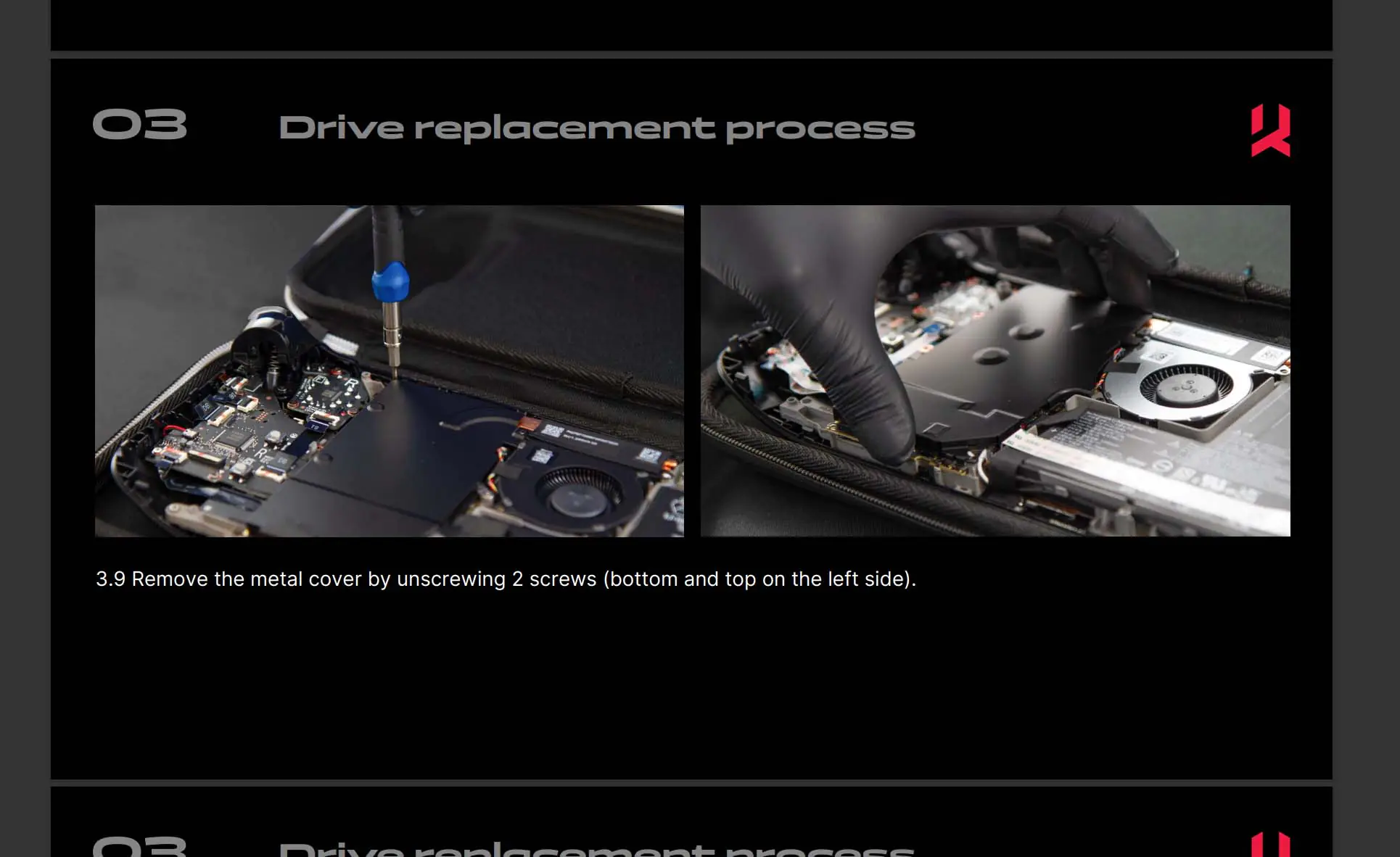
Let’s move on to the specifications. There are three versions of the IRDM Pro Nano, with the 512GB model being the slowest. I have the 1TB version, which promises sequential speeds of up to 7300 MB/s.
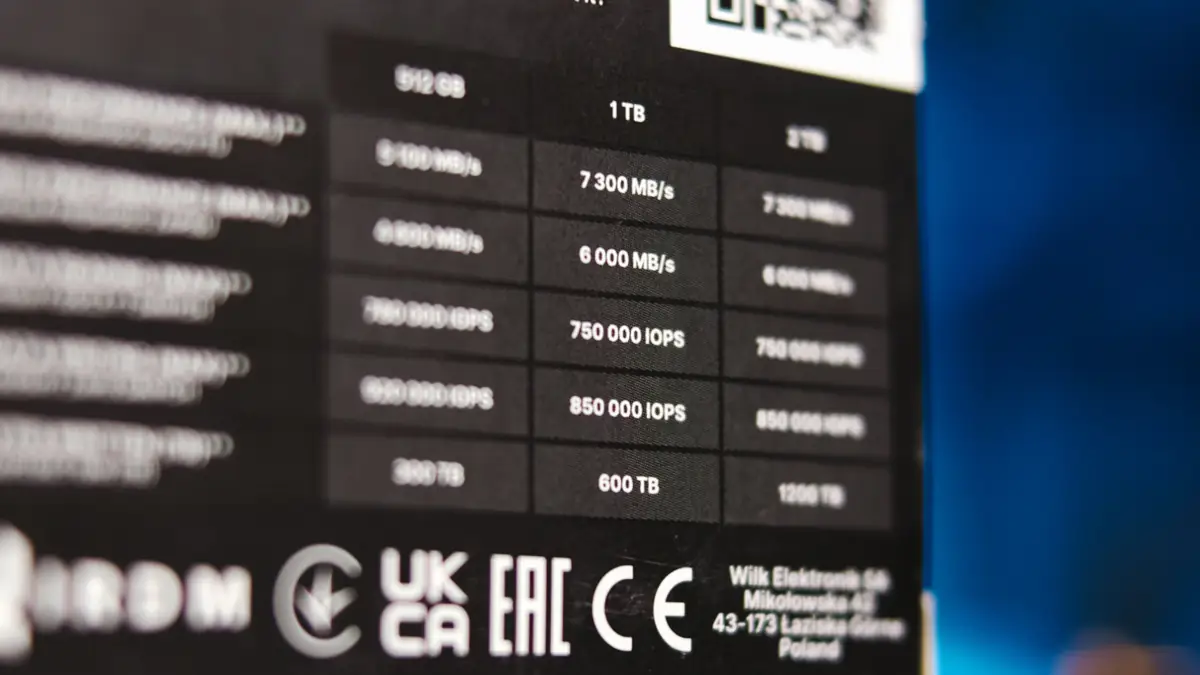
The controller used here is the Phison PS5027-E27. It’s a triple-core unit with support for HMB (Host Memory Buffer), AES 256 encryption, and SHA 512. Its peak capabilities reach up to 7600 MB/s sequentially and over a million IOPS for 4K random reads.
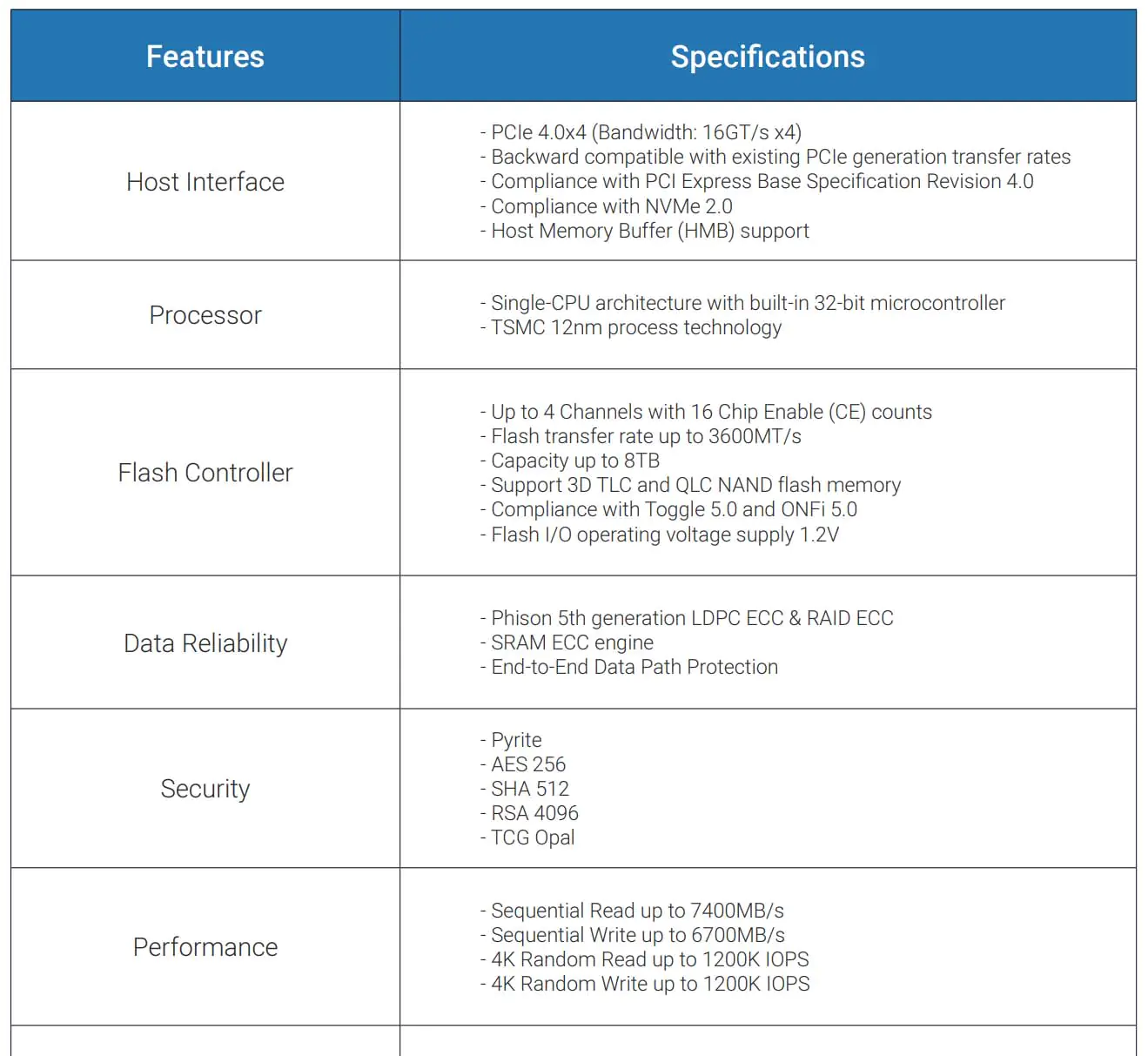
Other chips include the PMIC, or power management module, Phison PS6121-45, and the memory chip labeled T8BIGA5A1V 02405N 4064318. Fortunately, this chip turned out to be identical to a very similar model from Corsair. It’s a Kioxia BiCS6 NAND chip with TLC memory, featuring 162 layers.
In terms of reliability, the IRDM Pro Nano 1TB has a write endurance of 300 TB, a limited 5-year warranty, a mean time between failures (MTBF) of 1,500,000 hours, operating temperatures from 0°C to 70°C, and storage temperatures ranging from -40°C to 85°C. What does this all mean? For one, the IRDM Pro Nano lacks DRAM cache, as it features a 64 MB HBM instead. The promised speeds are lower than those indicated by the Phison controller’s capabilities. Additionally, the operating temperature limit is 10°C lower than the usual 80°C found in PCIe 4.0 drives. Does this make the drive bad? The answer to that lies in… the test bench!
Test bench
The setup is both familiar and classic. It features an AMD Ryzen 5 7600, processor paired with G.Skill Trident Z5. Additionally, it includes an ASUS ROG B650E-E Gaming Wi-Fi motherboard, a 1000W be quiet! Straight Power 12 1200W power supply, and a Ukrainian-made Gorilla Custom X case.
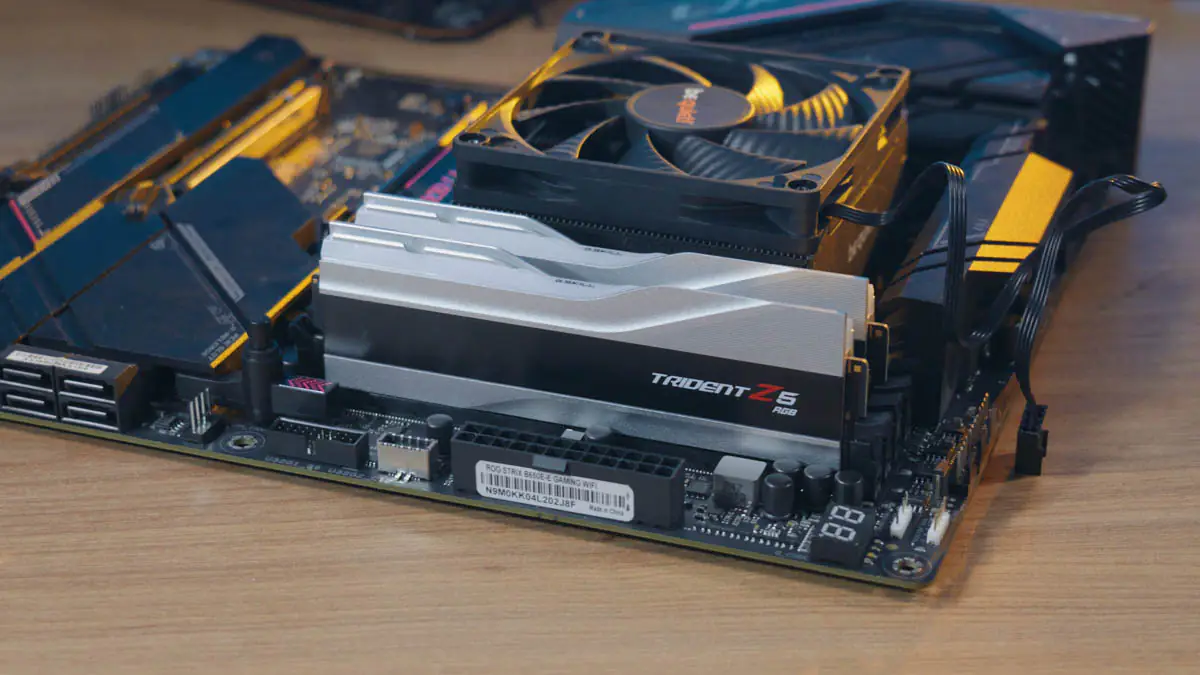
The SSD was installed in a motherboard slot with PCIe 5.0 support to avoid bottlenecks. It was also tested with the bundled heatsink that came with the motherboard, weighing over 50 grams. I did not conduct tests without this heatsink, as I strongly advise against using PCIe 4.0 drives without cooling. These drives generate too much heat to operate reliably without proper thermal management.
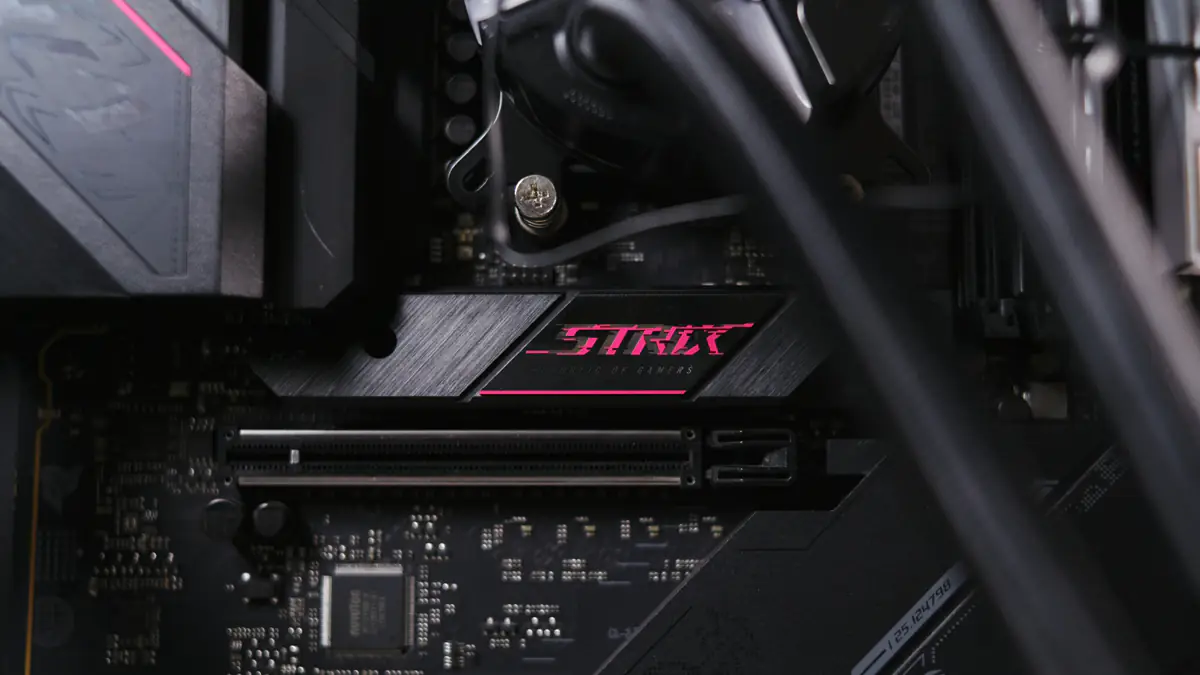
To address an obvious question upfront—no, I didn’t secure the IRDM Pro Nano 1TB with anything other than the heatsink. However, I see no reason why it should underperform in this setup. It’s not a fan or a component with moving parts. Overall, the numbers speak for themselves: sequential speeds hit 7000 MB/s, stability graphs are satisfactory, and random performance metrics are also solid.
Linear write tests in AIDA64 revealed the typical speed drop, this time to 700 MB/s after the 100 GB mark. This means if you’re transferring over 100 GB in one go, you’ll experience a performance dip. I’ll leave it to you to judge how often someone writes such large amounts of data to a gaming drive. As for temperatures, the maximum I managed to push the IRDM Pro Nano 1TB to was 65°C, well within acceptable limits.
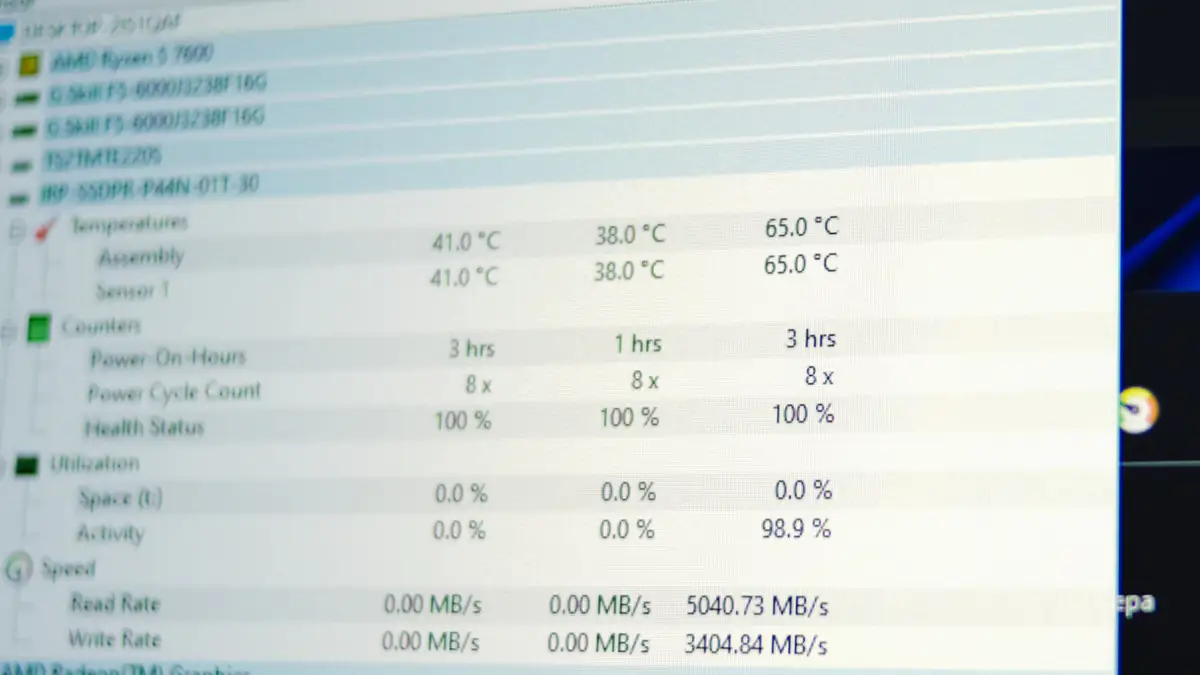
Once again, these temperatures were recorded with the drive under a heatsink, even during extended gaming sessions. I also tested the same drive in an ASUS TUF Gaming A2 enclosure, and the temperatures remained within acceptable limits there as well.
Conclusions
This drive is truly built for gaming. It’s fast, reliable, and specifically designed for gaming consoles—making it as gaming-focused as it gets. It’s expensive, and there’s no real reason to buy it for a regular PC setup. Even for laptops, it may not be the most useful option. However, for these purposes, Goodram offers other models, which I will definitely review soon. As for the IRDM Pro Nano 1TB, I can confidently recommend it.
Read also:
- Upgraded My Laptop for S.T.A.L.K.E.R. 2! ft. GOODRAM
- ASUS TUF Gaming X870-Plus Wi-Fi Motherboard Review
- ID-Cooling DX360 Max Liquid Cooling System Review


